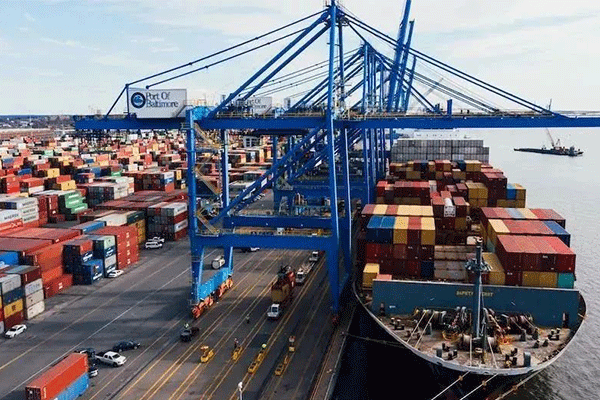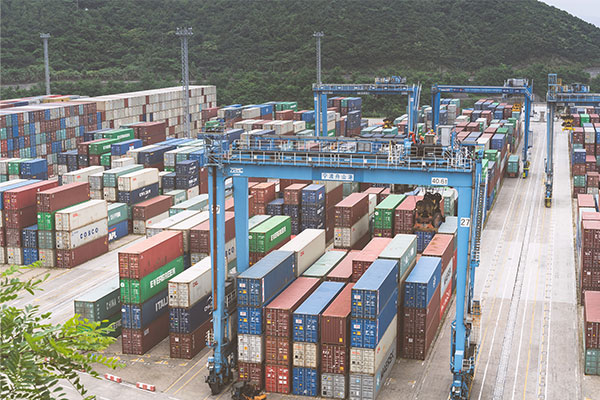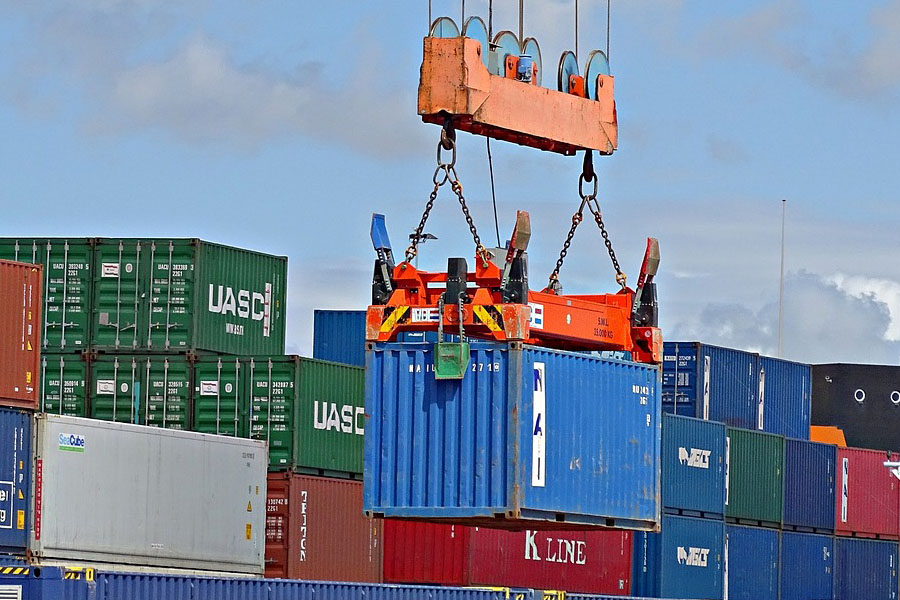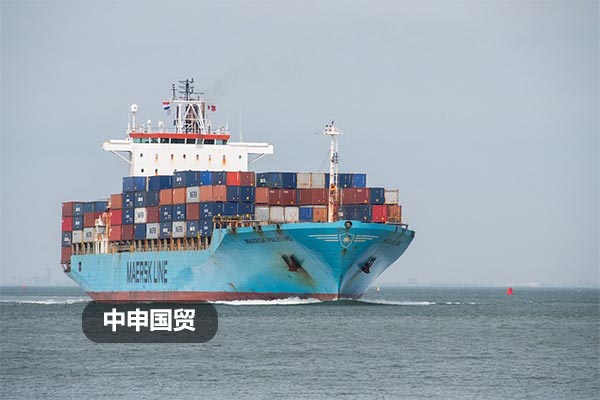- Shanghai Zhongshen International Trade Co., Ltd. - Two decades of trade agency expertise.
- Service Hotline: 139 1787 2118
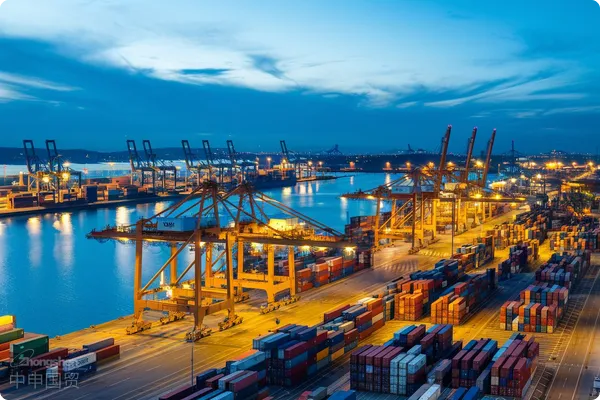
German Imported Cranes: Opening a New Chapter in Trade
In todays wave of globalized economy, importing cranes from Germany undoubtedly brings new development opportunities for many enterprises. However, international trade processes are complex and involve numerous steps. How to successfully complete the business of importing cranes from Germany is a key focus for many companies. Next, we will provide a detailed analysis of this process.
Professional Document Processing Capabilities
Document processing is crucial in crane import business. Importing cranes from Germany first requires preparing a series of basic documents, such as the Commercial Invoice, which records detailed information about the crane including product name, specifications, quantity, and price, serving as an important basis for payment settlement between buyers and sellers. The Packing List describes the packaging of the cranes, including packaging type, number of pieces, gross weight, and net weight, facilitating transportation and customs inspection. The Bill of Lading isMaritime Transportationthe core document in transportation. It is a receipt issued by the carrier to the shipper upon receiving or loading the goods, serving as proof of the transport contract and a document of title.
Our company has extensive experience in document processing. A professional team carefully reviews each document to ensure consistency of information across documents, avoiding delays or losses due to discrepancies. For example, a client importing cranes from Germany once had a critical model parameter incorrectly written in the Bill of Lading due to the shippers oversight. Our document team identified the issue during review, communicated with the shipper for corrections, and prevented the risk of customs clearance failure due to discrepancies between documents and actual goods upon arrival at the destination port.
Efficient Logistics Arrangements
The logistics phase directly impacts whether cranes can arrive on time and safely. From Germany to China, two main options are typically available: sea freight andAir Transportationair freight. Sea freight is relatively cost-effective and suitable for larger and heavier cranes. When selecting sea freight, we choose appropriate container types based on the cranes dimensions and weight, such as standard dry containers, open-top containers, or flat racks. For oversized crane components, open-top or flat rack containers may be necessary to facilitate loading and unloading. We also maintain close cooperation with major shipping companies to secure the most favorable freight rates and suitable sailing schedules.
Air freight is faster but more expensive, suitable for time-sensitive projects. When arranging air freight, we confirm cargo space with airlines in advance and ensure packaging meets air freight requirements. To guarantee crane safety during transit, we also purchase comprehensive cargo insurance covering various risks such as natural disasters and accidents.
Additionally, upon arrival at the destination port, we promptly arrange customs clearance and inland transportation. We are familiar with customs regulations and procedures, enabling us to submit required documents quickly and accurately for customs declaration. For inland transportation, we collaborate with professional logistics companies to deliver cranes safely to designated locations as per client requirements.
VTB for the Russian MarketFX Settlement AgencyAdvantages
If your import business involves the Russian market, our company offers unique VTB settlement advantages. Settlement, simply put, involves selling foreign exchange earnings to designated banks at a certain exchange rate to convert them into local currency. In trade with Russia, using VTB Bank for settlement offers several benefits.
VTB Bank is one of Russias largest banks, holding a significant position in the countrys financial system. Compared to other banks, VTB settlement is faster. Due to its extensive domestic network and efficient clearing system, it reduces fund transfer time. For example, traditional settlement methods may take 3–5 business days, while VTB settlement typically completes in 1–2 business days.
Moreover, VTB Bank offers competitive exchange rates, helping businesses reduce settlement costs. Our professional team is familiar with VTBs settlement processes and assists clients in preparing required documents such as contracts, invoices, and customs declarations to ensure smooth settlement.
Southeast Asian Marketimport and exportProcesses and Solutions
When importing cranes from Germany for re-export to Southeast Asian markets, the process becomes more complex. The first step isExport Clearancepreparing export customs documentation. In addition to the Commercial Invoice and Packing List, an export customs declaration is required. The declaration must accurately detail the goods, including trade terms, destination country, and port of discharge.
In Southeast Asian markets, trade regulations and policies vary by country. For example, Indonesia may have specific technical standards and certification requirements for imported cranes. We proactively research these regulations to help clients assess whether certifications are needed. While we do not directly handle certification, we assist clients in preparing required materials such as product manuals and technical parameters, guiding them in communicating with certification agencies.
For logistics, sea freight remains the primary method for exports from China to Southeast Asia. We select appropriate shipping routes and ports based on the destination. For example, exports to Singapore can utilize shipping lines calling at Singapore Port, which has advanced facilities and high efficiency. We also collaborate with local freight forwarders to ensure smooth customs clearance and delivery at the destination port.
For settlement in Southeast Asian markets, transactions can typically be processed through various internationally recognized banks. We select the most suitable bank based on client needs and service advantages. Common settlement methods includeL/CLetter of Credit (L/C) and Telegraphic Transfer (T/T). Letters of Credit offer greater security for both buyers and sellers, while T/T is simpler and faster but carries higher risks. We provide tailored recommendations based on specific business scenarios.
Challenges and Opportunities in the Current International Trade Landscape
The current international trade landscape is complex and volatile. On one hand, rising trade protectionism has led some countries to impose tariffs and trade barriers. For instance, the U.S. has frequently imposed tariffs on imported goods in recent years. While German cranes are not directly affected, the overall uncertainty in international trade requires businesses to consider tariff fluctuation risks in contracts and include price adjustment clauses.
On the other hand, the Belt and Road Initiative has strengthened trade cooperation among participating countries, creating new opportunities for crane imports. Southeast Asia, as a key node in the initiative, has strong demand for infrastructure and construction machinery like cranes, offering vast potential for expanding into these markets after importing from Germany.
Meanwhile, digital technologies in international trade present new opportunities. Electronic documents and online trading platforms improve efficiency and reduce costs. Our company actively embraces digital transformation, optimizing document processing and enhancing logistics transparency through electronic platforms to provide more convenient services.
Brief Mention of Product Certification Services
Product certifications are critical for importing cranes from Germany. Different regions have varying requirements. In the EU, cranes may require CE certification to prove compliance with relevant directives and harmonized standards. CE certification covers safety, health, and environmental aspects, requiring rigorous review of design, manufacturing, and installation.
For exports to Southeast Asia, countries like Malaysia and Thailand may have their own certification standards beyond Indonesias requirements. While we do not directly handle certifications, our extensive experience enables us to guide clients through the process, provide document templates, and facilitate effective communication with certification agencies to ensure smooth certification.
In summary, importing cranes from Germany involves multiple steps and a complex international trade environment. Leveraging our expertise in document processing, logistics, VTB settlement advantages for Russia, and deep understanding of Southeast Asian import-export processes, we provide comprehensiveforeign tradeagency services to help businesses succeed in international trade.
Related Recommendations
? 2025. All Rights Reserved. Shanghai ICP No. 2023007705-2  PSB Record: Shanghai No.31011502009912
PSB Record: Shanghai No.31011502009912

